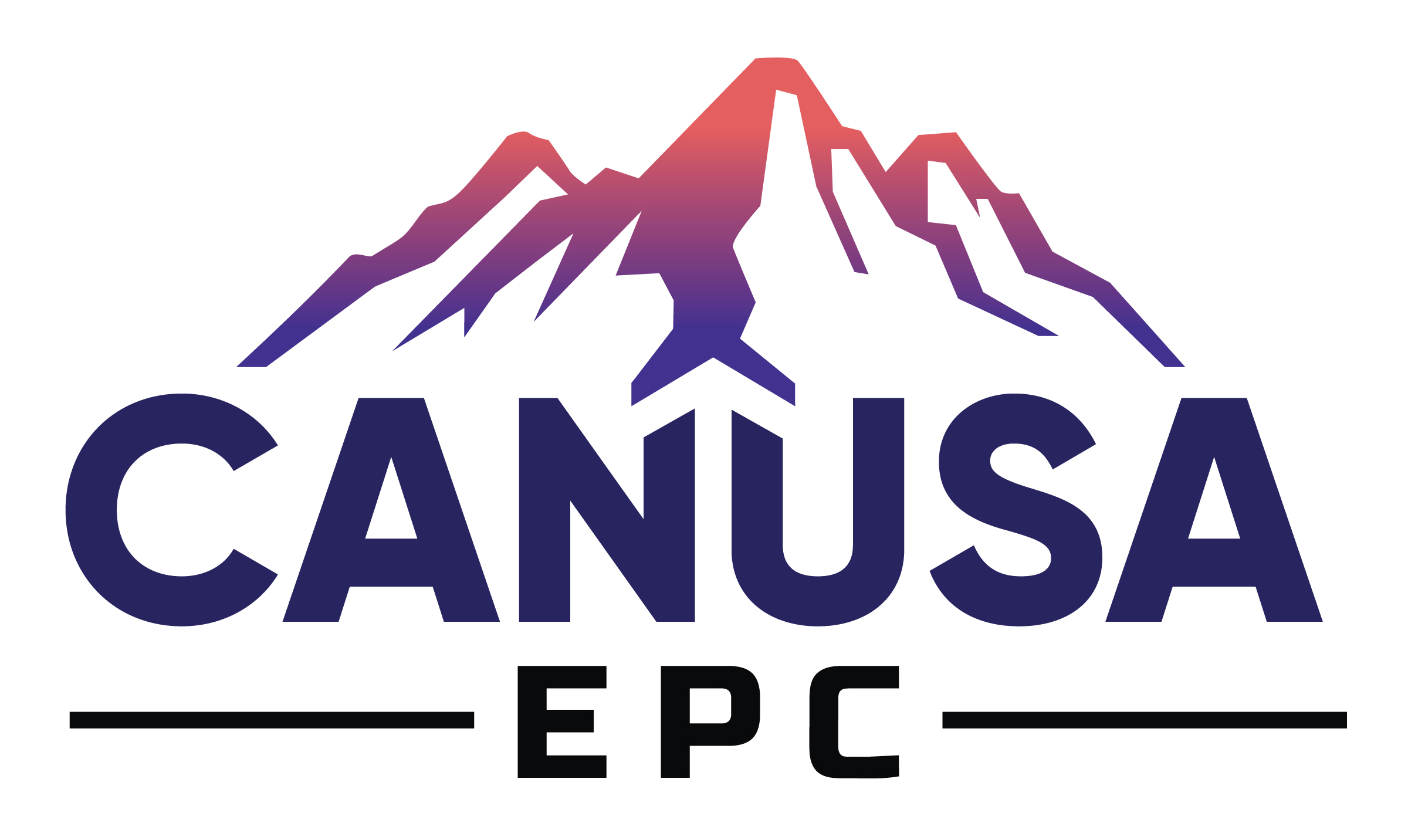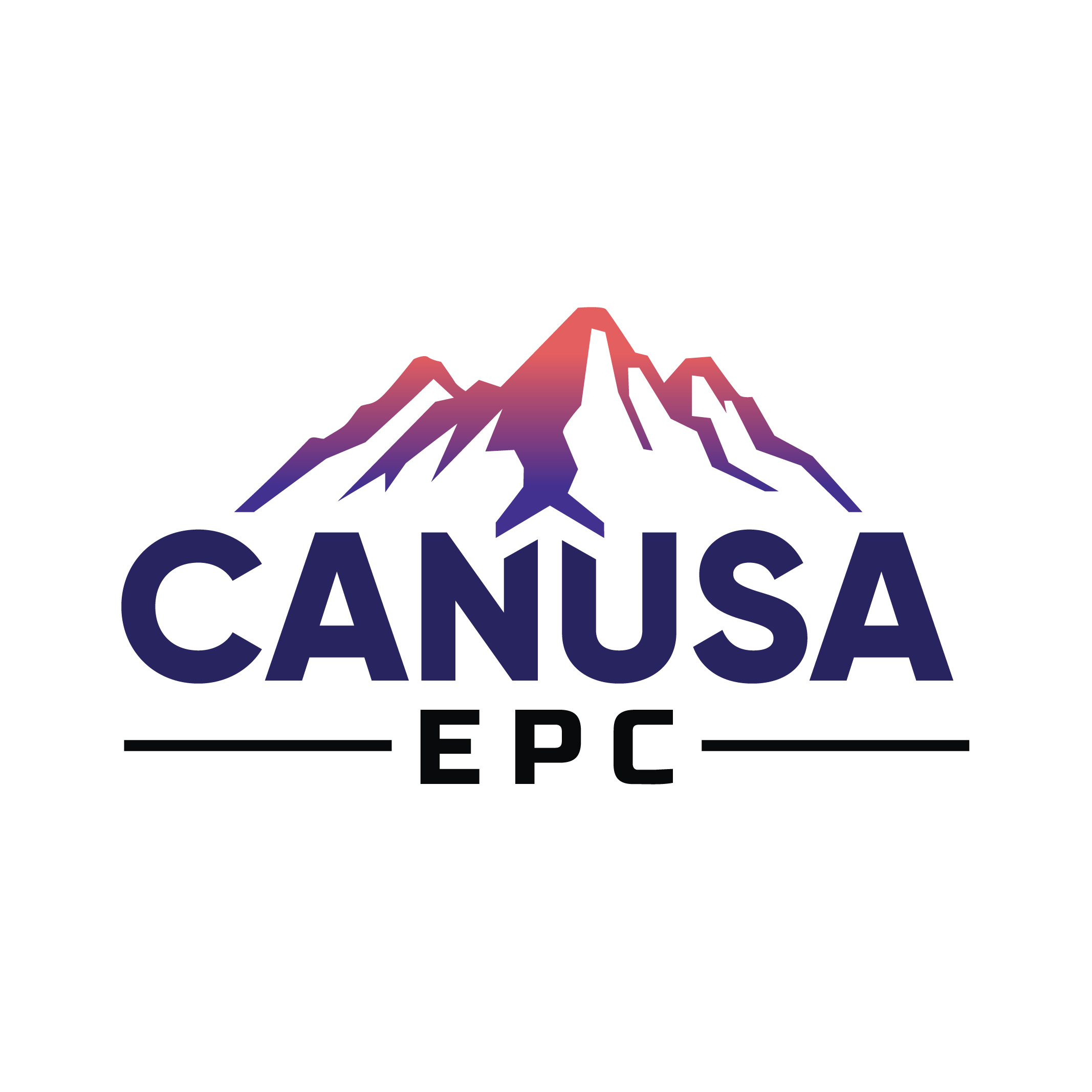Production Gas Gathering: Liquid Management Strategies for Compression Systems Design
Safe and efficient compressor systems design for operations is more critical than ever in today’s competitive energy landscape. We see our clients focusing on increasing reliability and availability with their design by reducing site releases and shutdowns related to liquid management. Not only are they increasing their availability to serve their clients, but they are also reducing reporting and emission costs as well.
Liquid management for compressor systems has become increasingly complex – balancing safety, emissions regulations, and operational efficiency isn’t always simple. If your current setup still relies on direct drainage to atmospheric tanks or outdated separation equipment, you may face added risks, product loss, or compliance challenges. In this article, we cover more efficient alternatives to traditional liquid handling methods that reduce emissions, add protection, and improve overall system performance.
Directly Draining Slug Catcher Liquids to Atmospheric Tanks – Not Recommended
CANUSA EPC does not recommend draining condensate directly from the slug catcher to atmospheric storage tanks. While these direct setups were once common practice, they inherently limit the ability to provide effective relief protection. The atmospheric tanks could be exposed to station inlet pressure in the event of a level control valve failure at the slug catcher, which is a risk that undermines the overall safety of the facility. This realization has driven us to incorporate design for liquid management that safeguards critical process equipment during unexpected failures.
Enhancing Safety with Low Pressure Separators
One innovative solution we have implemented is to use a Low Pressure (LP) Separator to manage liquids leaving the slug catcher. The LP Separator acts as an intermediate stopping point, preventing flow directly into atmospheric tanks. By degassing the slug catcher liquids in the LP Separator, the flash vapors are directed to a Vapor Recovery Unit (VRU), reducing methane emissions on the facility.
This dual action:
- Protects the tanks in the unlikely event of a control valve failure, and
- Improves emissions reduction and enhances overall site reliability.
How Vapor Recovery Units (VRUs) Reduce Methane Emissions in Compressor Stations
Directing vapors from the LP Separator to the VRU plays a crucial role in improved VRU performance, thus reducing methane emissions. According to the EPA, Vapor Recovery Units are a proven method for capturing vented methane and reducing emissions from LP gas sources like compressor stations or storage tanks. This recovery supports environmental compliance, such as OOOO(b), and improves the overall efficiency by reducing product losses. In an industry where both safety and environmental stewardship are paramount, this strategy represents a win-win scenario for compressor station design.
This is a practical solution that checks two important boxes at once in compressor station design:
- Protecting your people and equipment, and
- Keeping emissions in check.
Overcoming Limitations of Coalescers with High Pressure Separation
In addition to LP Separators, CANUSA EPC’s engineering approach advocates for the use of a High Pressure (HP) Separator downstream of gas compression, yet upstream of the coalescer. Coalescers are traditionally used for gas/liquid separation; however, they’re not ideally suited for separating hydrocarbon liquids from water. Liquids are more efficiently removed when incorporating an independent HP separator into the process. Through separating high-pressure hydrocarbon liquids from water before they reach the coalescer, the HP separator will provide value through three key aspects:
- Eliminates bulk liquid separation at coalescer
- Improves separation efficiency
- Extends the life of the coalescer
Preventing Hydrate Formation in Drain Systems
An important benefit of the HP Separator is its capacity to use separate drains for water and hydrocarbons. There is an increased risk of hydrate or ice formation when high-pressure fluids are discharged into a comingled line – this can cause costly blockages and potential safety incidents. The risk of hydrate formation is mitigated by directing water and hydrocarbon drain streams back to the inlet slug catcher via individual lines.
Driving Industry Reliability and Best Practices
The use of low-pressure and high-pressure separators in compressor stations represents the evolution of best practices for compressor systems and compressor station design. At CANUSA EPC, our designs incorporate integrated safety and efficiency best practices. By revising outdated practices, such as direct draining from slug catchers, we protect atmospheric storage tanks while improving liquid management and emissions reduction performance. These process engineering design principles enhance safety, reduce downtime, and decrease emissions in an increasingly cost-sensitive industry.
Key Takeaways: Improving Compressor Station Design for Safer Liquid Management
Innovation in compressor station design is vital for meeting today’s rigorous safety and environmental standards. Incorporation of LP and HP separators in compressor system designs demonstrates how thoughtful engineering can directly impact reliability, operational excellence, and environmental compliance.
We look forward to exploring further advancements, from automated control systems to predictive maintenance technologies, that will shape the future of compressor station operations. As the oil and gas industry continues to evolve, the pursuit of smarter, more resilient designs will remain at the forefront of our efforts.
PAPER AUTHORS:
Ted Zeiger, PE, Project Engineering Lead
Connect on LinkedIn
External Sources:
https://www.epa.gov/natural-gas-star-program/vapor-recovery-units


